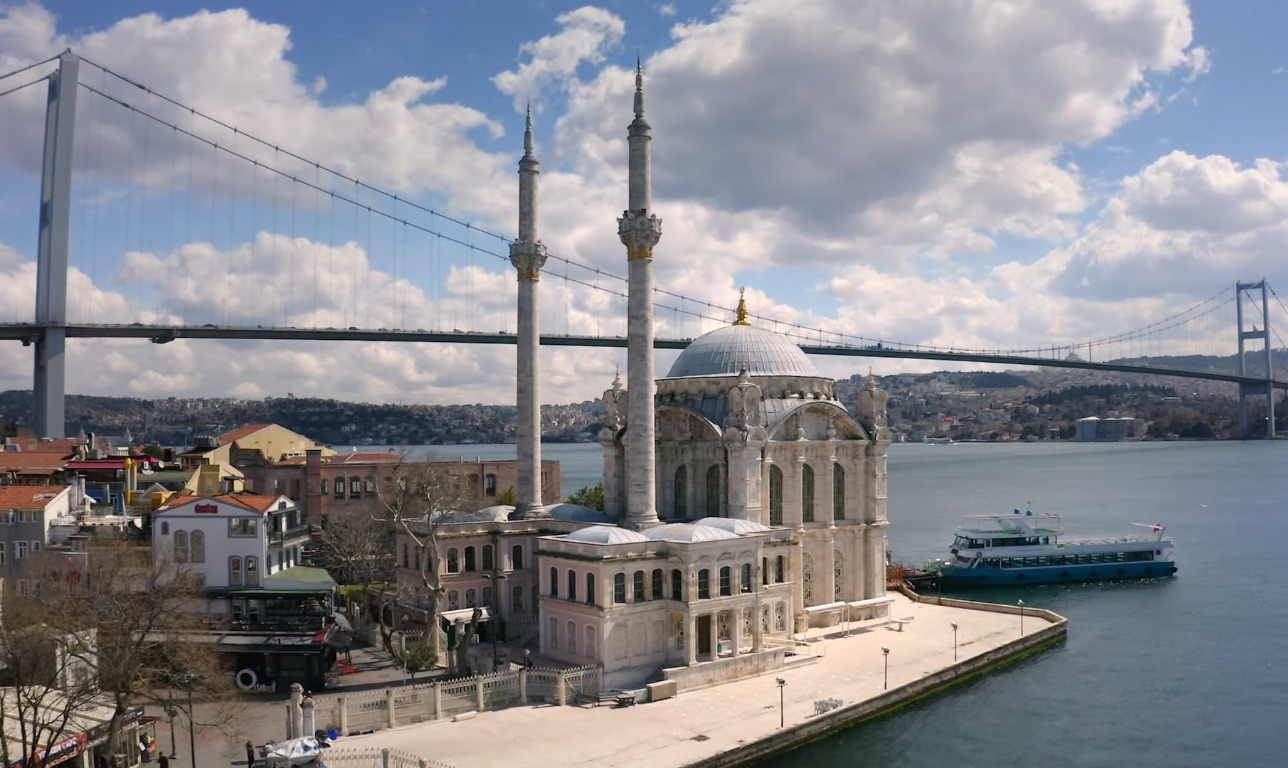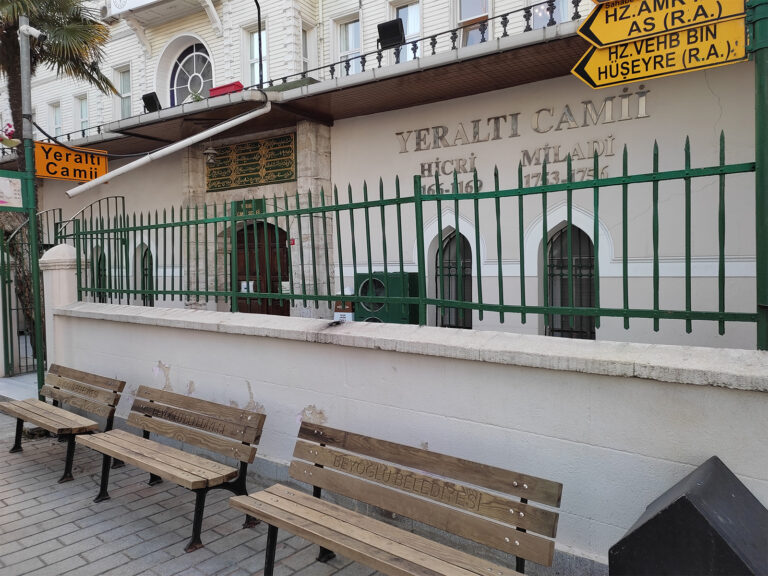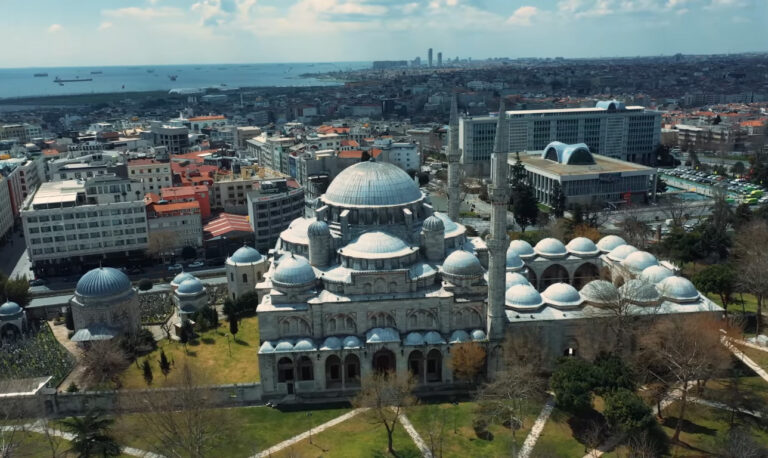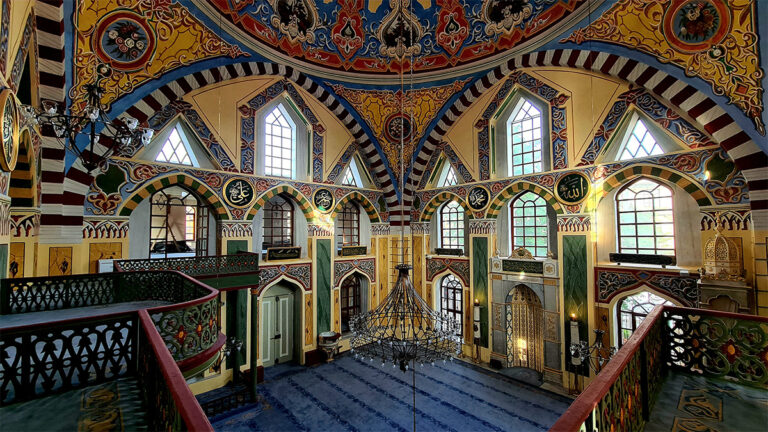Grand Mecidiye Mosque (Ortaköy Mosque)
The Ortaköy Mosque, also known as the Grand Mecidiye Mosque, is a prominent 19th-century mosque located at the northern end of the Ortaköy Square in the Beşiktaş district of Istanbul. The site originally hosted a mosque constructed in 1721 by Vezir İbrahim Paşa’s son-in-law, Mahmud Ağa, and later renovated around the 1740s by Mahmud Ağa’s son-in-law, Kethüdâ Devâtdâr Mehmed Ağa. The present structure was commissioned by Sultan Abdülmecid and constructed in 1854, as indicated by a plaque written by Ziver Pasha.
Architectural Highlights of Ortaköy Mosque:
- Location:
- Situated on the Ortaköy Pier Square, overlooking the Bosphorus.
- Historical Background:
- The original mosque on the site dates back to the early 18th century.
- The current structure was built in 1854 during the reign of Sultan Abdülmecid.
- Architectural Design:
- Designed by the architect Nikogos Balyan.
- Features a combination of a prayer hall (harim) and an imperial lodge (hünkâr kasrı) typical of 19th-century imperial mosques.
- Symmetrical along the north-south axis with equal dimensions for the prayer hall and the imperial lodge on the east and west facades.
- Structure of the Prayer Hall:
- The prayer hall is a square space approximately 12.25 meters on each side, topped with a dome supported by pendentives.
- The northern section houses additional rooms covered with barrel vaults.
- The mosque has large, tall windows, with the central window on the qibla wall being blind to accommodate the mihrab.
- Interior and Artistic Features:
- The marble mihrab is in the Empire style, featuring relief floral motifs and geometric decorations.
- The marble pulpit is decorated with pink stones and baroque swirls.
- The mosque’s walls are adorned with red and white marbled stucco, and the pandatives and dome feature landscape and architectural motifs in paint.
- Imperial Lodge (Hünkâr Kasrı):
- Two-story structure with east and west wings connected by a ground floor hall and upper floor salon.
- The western wing served as the imperial residence, with three interconnected rooms on each floor.
- Exterior Design:
- The exterior showcases Baroque and Rococo styles with stone carvings and reliefs.
- Two slender minarets with bases embedded within the structure of the lodge.
- Restorations:
- The mosque underwent renovations in 1862, 1866, and a significant restoration in 1969 after being closed for prayers. Further restoration followed after a fire in 1984.
Ortaköy Mosque, with its unique architectural blend and scenic location by the Bosphorus, remains one of Istanbul’s most iconic and beloved landmarks.





